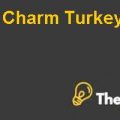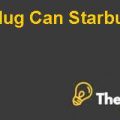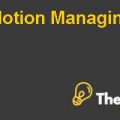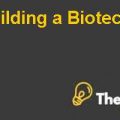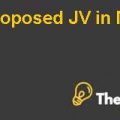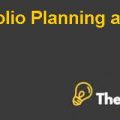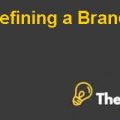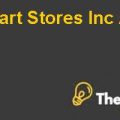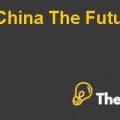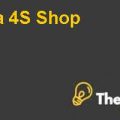Unilever Case Study Solution
Introduction
Lifebuoy is the number one sanitization soap brand in the world (Bartlett, May 27, 2014). Lifebuoy offers its products in more than 100 countries. In the year 1894, Lifebuoy launched the first hygiene soap in red colour in their expedition for better hygiene. The products of Lifebuoy are affordable with higher quality.
The program Lifebuoy arranged in 2010 was the best customer-attracting or behaviour change program in which the company reached over 01 billion people and advertised its soaps and hand washes. Lifebuoy understands the needs of customers and offers products with additional value propositions that satisfy the customers.
Problem Statement
The challenge faced by Samir Singh was a decline in market share from 2005 to 2009 and the need for more improvements in health and hygiene. Samir Singh must develop a comprehensive strategy that addresses both the market share decline and the ambitious sustainability and health improvement targets as aimed Urban School Liquids Initiative set by Unilever, all while ensuring profitable growth for Lifebuoy soap.
Situation Analysis
After reviewing of case study and the requirements of the case the situation is analyzed based on issues that which project of Sudir Sitapati should take for the betterment of the brand. In this situation analysis, we also explain how Urban School Liquids Initiative for Samir Singh and Urban School Liquids Initiative for Paul Polman.
Sudir Sitapati must consider all three initiatives but the choice should be based on the assessment of initiative alignment with the organizational objectives, payback periods, and cost-effectiveness.
Key Alternatives
First Option: KKD Rural Outreach Initiative
This is the rural-based program that was launched in India in 2010 and recognized in Jakarta. This initiative was the replacement for the health awaking program. The health awaking program faded because it generated unexpected outcomes for 10 years and also it increased the marketing expenses of Unilever.
The KKD Rural Outreach Initiative aims to bring happiness to the corporation because it is a collaborative multi-brand effort including the managers of detergent powders, toothpaste, shampoo, dishwashing liquid, and lifebuoy soap joint the funds for the creation of a direct contact program to reach the rural areas with all the product portfolio of the company (Susanti et al., 2021).
This KKD program directly targets the housewives in the sales teams who visit the villages and offer the products. In addition to this program, they also thinking of increasing promotional activities in villages to increase brand awareness supported by product persuade videos, offer prizes, and also introduce some games. The salesmen also visit door to door to introduce products with discounted offers and coupons.
Alignment with organizational Objectives
The KKD initiative must be aligned with the objectives of Unilever. The sustainability goals of the company are to promote hand washes, improve wellbeing and health, and also to reduce the environmental footprints.
Cost Effectiveness
The cost per contact is comparatively low at Rs.6.4, making it profitable to get a large number of persons.
Pay Back Period
The payback period for the lifebuoy is 8.6 years. It's very necessary to understand the impact on the Unilever soap brands which has the 45% of rural market share. This might affect a small payback period for Unilever as an entire.
Second Option: MP Partnership Initiative
This initiative was launched in India and recognized in Jakarta. It is the Indonesian partnership program in which Lifebuoy Indonesia combined this systematically based behaviour model into the programs of national schools in conglomerates with the government of Indonesia and some NGOs. In this program, the training of teachers was conducted in which they learned how to deliver the idea of changing behaviour towards hygiene and health.
Alignment with Objectives
The MP Partnership Initiative must be aligned with the objectives of Unilever. The sustainability goals of the company are to promote hand washes and improve wellbeing and health but it has a longer payback period.
Cost Effectiveness
The cost per contact is rational at Rs.6.2, making it cost-effective.
Payback Period
The payback period of 13.5 years is a concern for Unilever but the long-term impact on the coming generation cannot be undervalued.
Third Option: Urban School Liquids Initiative
In 2013 Sitapati was ready to execute both the above initiatives but he also wanted to consider the 3RD option USLP. Like the KKD Initiative, this model was designed primarily as a marketing dimension but varies in many dimensions. This initiative was focused on single lifebuoy hand washes, not on the other products.
This model targeted urban areas rather than rural it also targeted children (Mukesh, 2021). The main aim of this initiative was to sell liquid hand washes rather than soap bars. This initiative has some features of the MP initiative and some from the KKD initiative...........
This is just a sample partial case solution. Please place the order on the website to order your own originally done case solution.

